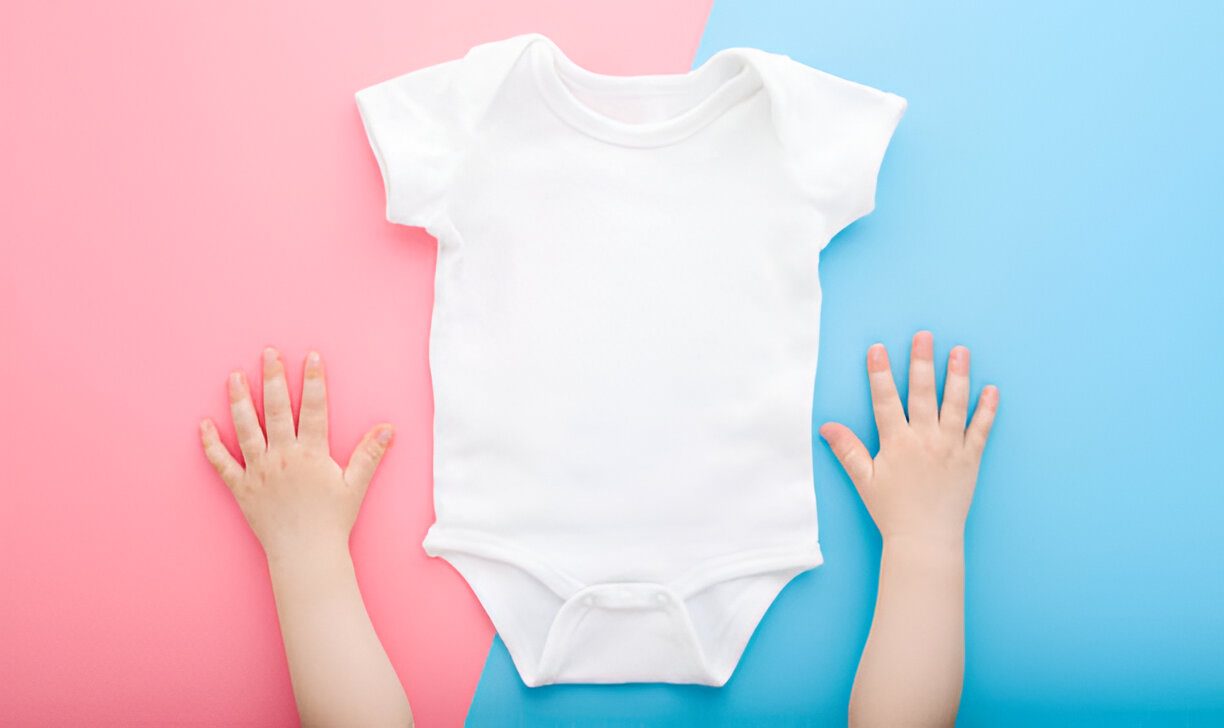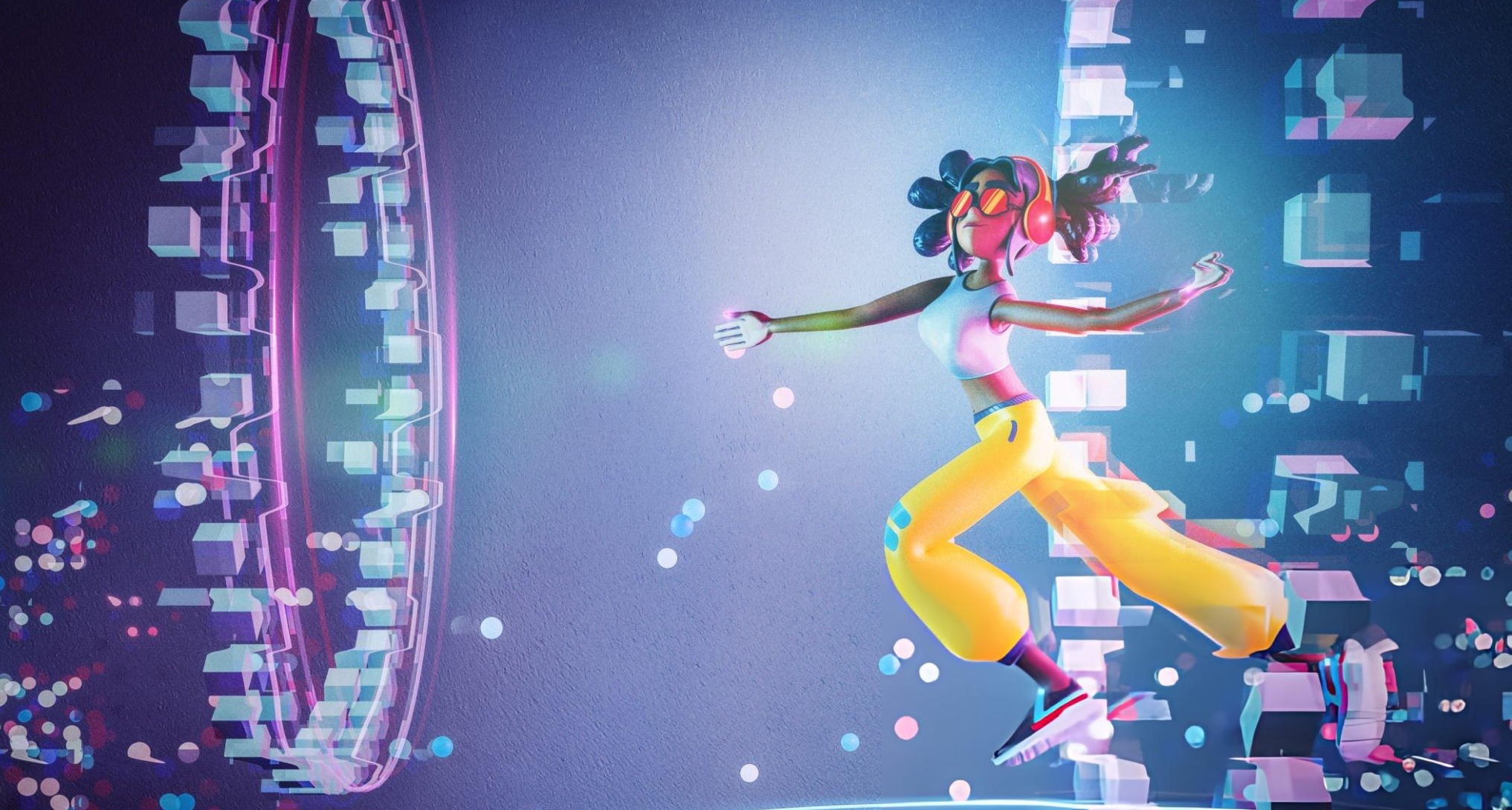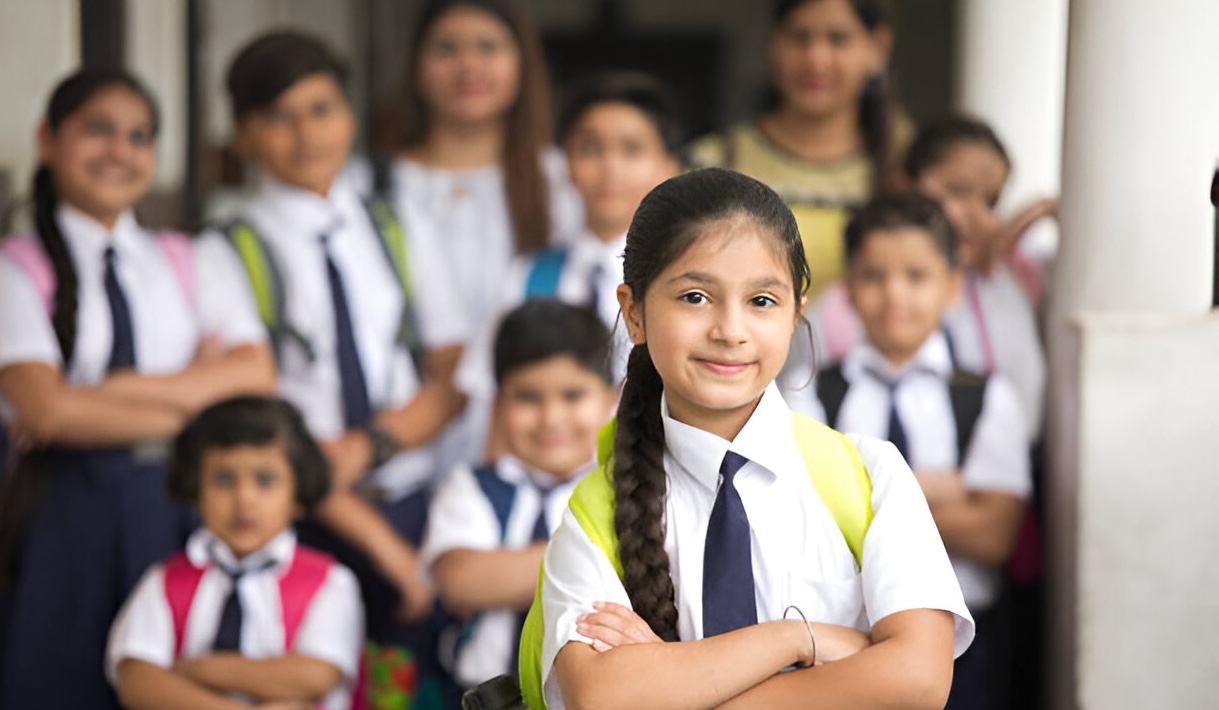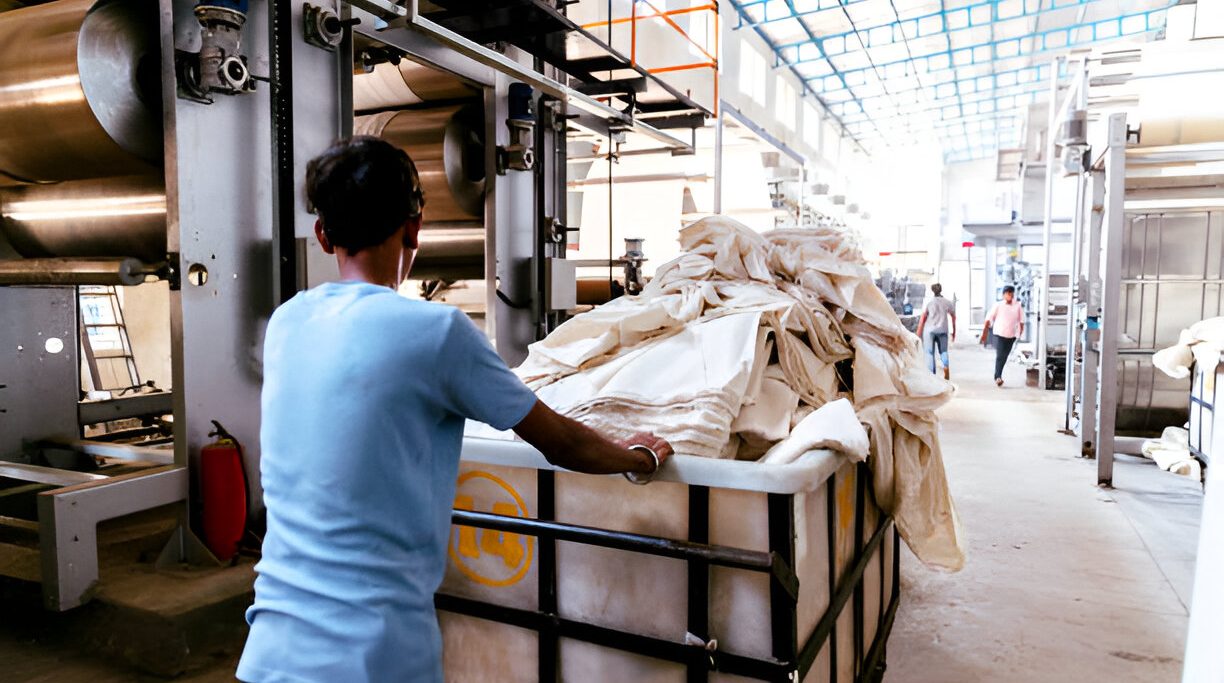When you look at a baby onesie or romper, it seems like a simple, cute piece of clothing. But behind the softness and adorable designs lies a detailed manufacturing process that balances safety, comfort, durability, and style. What appears effortless on store shelves is actually the result of precise planning, constant testing, and a deep understanding of infant needs.
Comfort Starts with Fabric
Babywear production starts with fabric selection. Since infants have delicate, sensitive skin, the choice of fabric is critical. Organic cotton is often preferred because it’s soft, chemical-free, and gentle on the skin. Other eco-friendly fabrics like bamboo viscose and TENCEL™ are gaining popularity for their breathability, moisture control, and sustainable sourcing.
For example, bamboo grows rapidly with minimal water and no pesticides, making it a smart eco-conscious choice. Using sustainable fabrics is no longer optional—it’s a demand from modern, health-conscious parents.
Safety in Every Snap
Fasteners like snap buttons might seem like small details, but they play a big role in safety. Baby rompers and onesies use non-toxic, secure snap fasteners that are tested for strength and durability. These snaps endure hundreds of uses and are rigorously checked to ensure they don’t become a choking hazard.
Sizing for Growing Babies
Babies grow incredibly fast. A romper that fits one month may not fit the next. That’s why baby clothes are usually graded in three-month size increments. Manufacturers pre-wash fabrics or adjust patterns to account for shrinkage during home laundry cycles. Each design must accommodate different developmental stages—kicking, crawling, walking—while maintaining comfort and fit.
Movement-Friendly Designs
Onesies and rompers must act like a second skin, stretching and moving with the baby. Manufacturers use flat-lock seams to prevent friction and skin irritation. Designs like envelope necklines and elasticated cuffs make dressing easier while allowing free movement. Each prototype is tested in real-life situations—not just in labs—to ensure comfort during play, naps, or diaper changes.
Cute Meets Functional
Parents look for clothes that are both practical and stylish. Rompers often feature playful prints, seasonal colors, and soft embellishments. But aesthetics never come at the cost of safety. Baby-safe dyes, non-irritating labels, and secure stitching are mandatory for modern babywear brands. Even small details like embroidered animal ears or cheerful graphics are tested to ensure they’re safe and long-lasting.
Technology and Craftsmanship in Production
Manufacturing baby clothing combines digital technology with skilled handwork. Techniques like digital printingreduce water waste, while laser cutting minimizes fabric wastage. However, quality checks, detailed stitching, and final assembly still require experienced human hands to ensure perfection in every garment.
Tagless Comfort
Tags can irritate an infant’s neck, so many brands use heat-pressed labels inside the garment for added comfort. This small change improves the overall wearing experience and shows attention to detail.
Sustainability Is the New Standard
Today’s baby clothing is made with sustainability in mind. Brands use biodegradable fabrics, recycled materials, and water-based inks. Some factories operate nearly zero-waste production lines by repurposing leftover fabrics into accessories or padding. Sustainability isn’t a trend in babywear—it’s becoming the industry standard.
The Complexity Behind Simple Clothes
A baby onesie may seem simple, but it’s the result of careful design, engineering, and testing. From fabric selection to fastening methods, from sizing adjustments to print durability—every decision matters. The goal is to deliver garments that are safe, comfortable, and adorable while supporting sustainable practices.
At the end of the day, baby rompers and onesies aren’t just clothes. They’re a combination of innovation, care, and craftsmanship—designed to make life easier for parents and more comfortable for babies.



